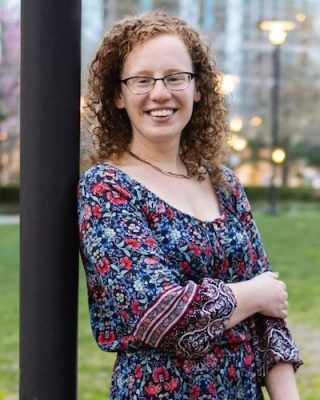(EdWeek | May 13, 2024) Students with disabilities face a gamut of challenges when it comes to accessing high-quality K-12 education, including a shortage of specialized teachers.
 The nation’s growing English-learner population faces outsized needs as their English-language proficiency scores remain lower than pre-COVID-19-pandemic averages, and immigrant English learners in particular require more trauma-informed instruction.
The nation’s growing English-learner population faces outsized needs as their English-language proficiency scores remain lower than pre-COVID-19-pandemic averages, and immigrant English learners in particular require more trauma-informed instruction.
English learners who also have disabilities face their own intersectional issues, researchers and advocates say. They range from schools locking students out of dual-language programs in favor of English-only special education programs, language barriers between schools and families, and teachers ill-equipped to serve their students’ needs …
… One of the top concerns researchers and parents alike shared in interviews with Education Week when it comes to English learners with disabilities is a lack of access to bilingual education or dual-language programs.
Parents are encouraged to speak only English with dual-identified students, in part because of a flawed assumption that bilingualism will confuse them or hinder their academic progress or language progress, said Nikkia Borowski, a Ph.D. candidate in inclusive education at Syracuse University who studies access to bilingualism among such students.
She added that there is also the idea that dual-language programs are enrichment programs designed for academically gifted students, locking dual-identified students out in the process.
This preference for English-only instruction for English learners with disabilities plays out in smaller contexts as well, such as speech-generating devices students use that are programmed only in English.
“As a result, the students are missing access to a bilingual identity and missing access to really important cultural aspects as well,” Borowski said …
